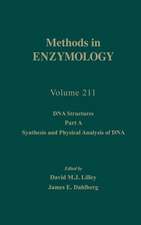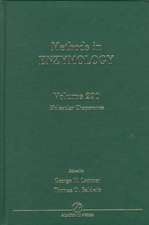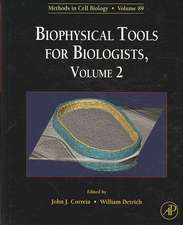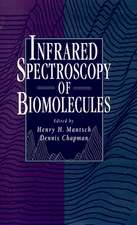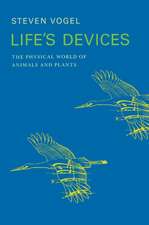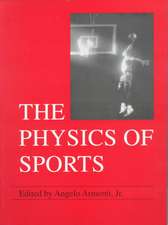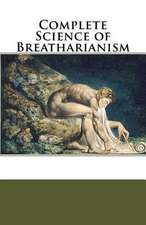Mechanobiology: From Molecular Sensing to Disease
Autor Glen L. Nieburen Limba Engleză Paperback – 4 dec 2019
- Presents our current understanding of the main molecular pathways by which cells sense and respond to mechanical stimuli
- Provides a review of diseases with known or purported mechanobiological underpinnings
- Includes the role of mechanobiology in tissue engineering and regenerative medicine
- Covers experimental methods to capture mechanobiological phenomena
Preț: 424.64 lei
Preț vechi: 568.30 lei
-25% Nou
Puncte Express: 637
Preț estimativ în valută:
81.27€ • 84.53$ • 67.09£
81.27€ • 84.53$ • 67.09£
Carte tipărită la comandă
Livrare economică 07-21 aprilie
Preluare comenzi: 021 569.72.76
Specificații
ISBN-13: 9780128179314
ISBN-10: 0128179317
Pagini: 254
Dimensiuni: 191 x 235 x 20 mm
Greutate: 0.52 kg
Editura: ELSEVIER SCIENCE
ISBN-10: 0128179317
Pagini: 254
Dimensiuni: 191 x 235 x 20 mm
Greutate: 0.52 kg
Editura: ELSEVIER SCIENCE
Public țintă
Research, post-doctoral scholars, graduate students, Medical device and regenerative medicine designers and manufacturersCuprins
Section 1: Mechanobiological basis of diseases1.1 Osteoporosis1.2 Cardiovascular mechanics and disease1.3 Glaucoma and eye diseases1.4 Growth and development1.5 Tissue engineering and regenerative medicine
Section 2: Cellular basis of Mechanobiology 2.1 Cells as strain gages and load cells2.2 Cell – extracellular matrix interactions2.3 Mechanobiological pathways2.4 Mechanically mediated epigenetics
Section 3: Experimental methods3.1 Effects of shear stress on cells3.2 Three-dimensional culture systems3.3 Bioreactors3.4 Tissue and organ on a chip systems
Section 4: Computational simulations in mechanobiology4.1 Cell aggregation4.2 Growth models5. Future prospects and challenges6. Bibliography7. Glossary
Section 2: Cellular basis of Mechanobiology 2.1 Cells as strain gages and load cells2.2 Cell – extracellular matrix interactions2.3 Mechanobiological pathways2.4 Mechanically mediated epigenetics
Section 3: Experimental methods3.1 Effects of shear stress on cells3.2 Three-dimensional culture systems3.3 Bioreactors3.4 Tissue and organ on a chip systems
Section 4: Computational simulations in mechanobiology4.1 Cell aggregation4.2 Growth models5. Future prospects and challenges6. Bibliography7. Glossary


